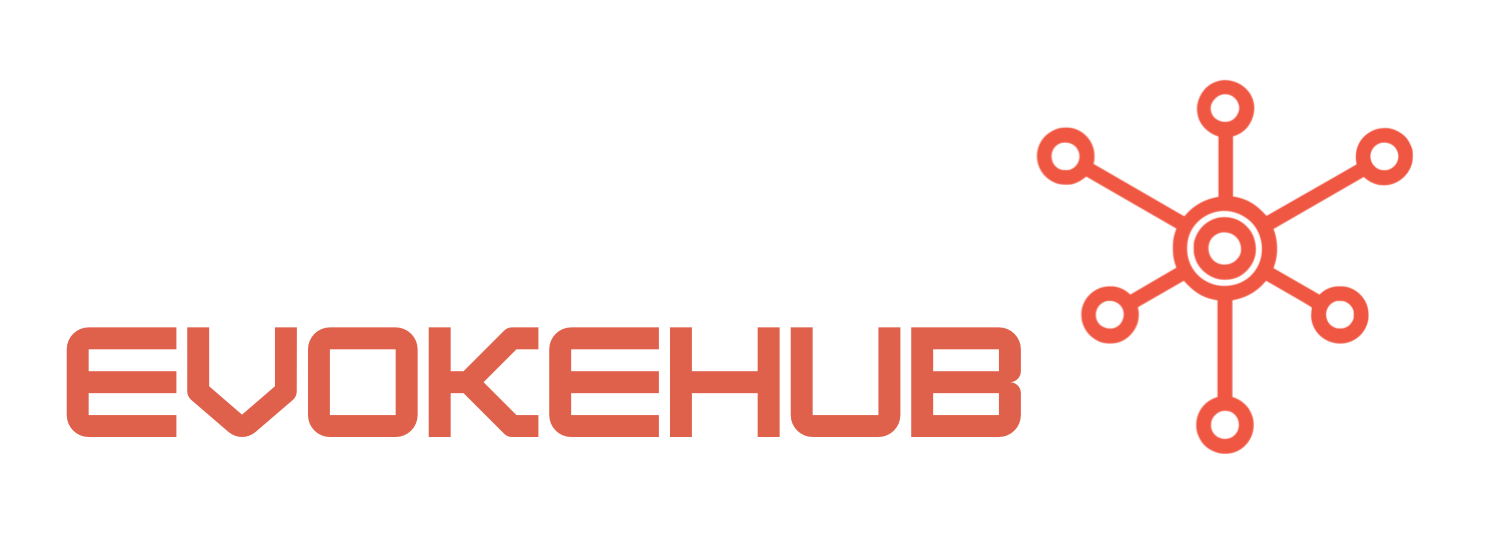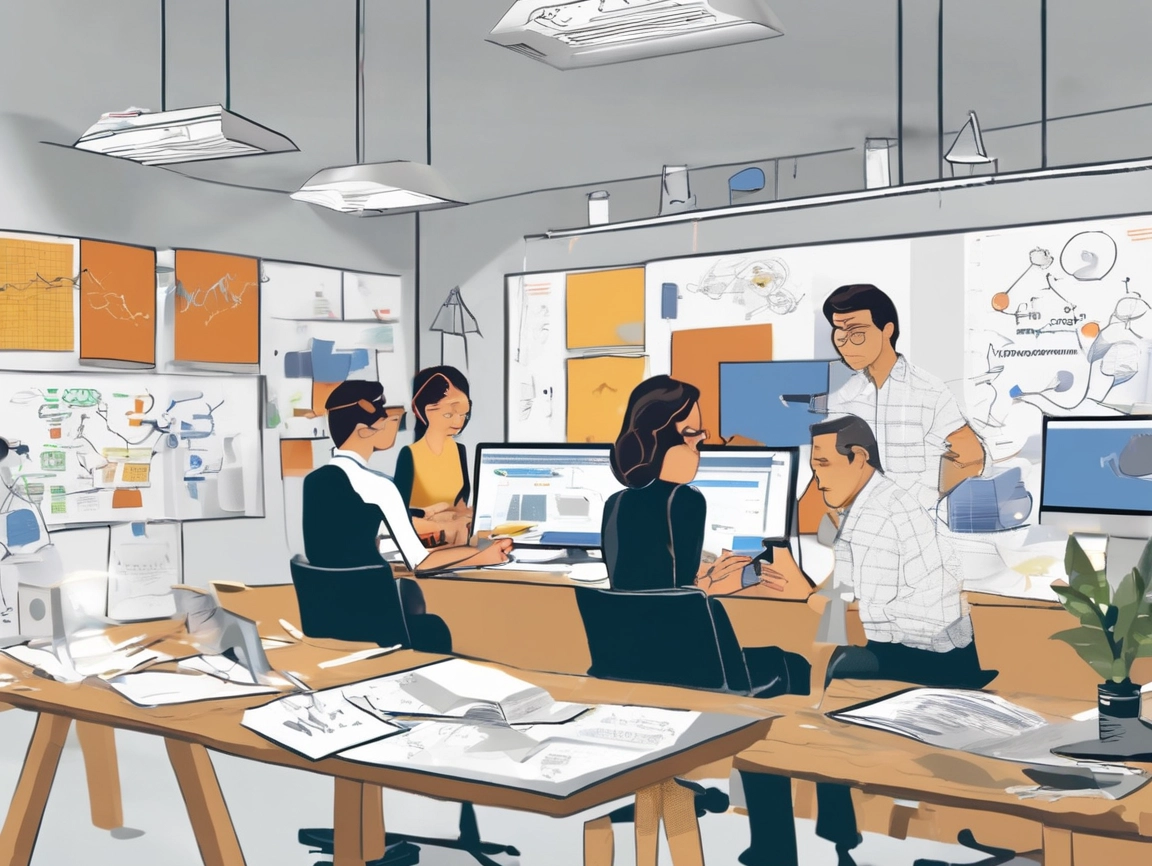Bridging Gaps: Effective Collaboration in Thai Teams
Collaboration is key when integrating product design and business analysis. In Thai teams, where respect and harmony are deeply embedded in the culture, establishing a framework for open communication can significantly enhance collaboration. Utilizing tools like the Design Thinking methodology can foster a shared understanding among team members, encouraging them to empathize with both users and business stakeholders. This approach helps break down silos and promotes a holistic view of projects, ensuring that all voices are heard.
Moreover, cross-functional workshops can serve as an effective platform for collaboration. By bringing together designers and business analysts, teams can engage in brainstorming sessions that leverage diverse perspectives. Such interactive environments can spark creativity and innovation by allowing team members to discuss user experiences while aligning them with business goals. The use of collaborative tools like Miro can further facilitate this process, enabling real-time feedback and iteration.
Finally, cultivating a culture of continuous learning is essential for bridging gaps in collaboration. Encouraging team members to attend workshops, webinars, and conferences—such as those offered by the Thailand Business Analytics & Data Science community—can provide valuable insights into both design and analysis practices. By investing in professional development, teams can become more adept at integrating their approaches, fostering a culture of innovation that benefits both product design and business objectives.
Enhancing Innovation through Design and Business Analysis
The synergy between product design and business analysis can act as a catalyst for innovation. By combining the creative insights of designers with the analytical skills of business analysts, Thai teams can develop solutions that are not only visually appealing but also strategically viable. This dual focus allows for the creation of products that resonate with users while also meeting market demands. Emphasizing user-centered design principles can ensure that products are designed with real-world applications in mind, enhancing their success in the marketplace.
Furthermore, leveraging data analytics can significantly inform design decisions. Business analysts can provide valuable data insights that guide the design process, allowing for evidence-based decision-making. For example, user engagement metrics and market trends can help designers identify which features or functions are most desired by users. By incorporating these insights into the design phase, teams can streamline product development and increase the likelihood of market acceptance.
Lastly, a culture that promotes experimentation can drive innovation forward. Thai teams can adopt agile methodologies that encourage rapid prototyping and iterative testing. This allows designers to experiment with different concepts while analysts assess the financial and operational implications. By embracing a fail-fast mindset, teams can quickly identify what works, refining their ideas to create products that not only fulfill user needs but also align with business strategies. This iterative process transforms challenges into opportunities, enhancing the overall innovation landscape within organizations.
In conclusion, integrating product design and business analysis within Thai teams presents an opportunity for enhanced collaboration and innovation. By fostering effective communication, leveraging data insights, and promoting a culture of experimentation, organizations can create products that truly resonate with users while achieving business objectives. As the market continues to evolve, embracing these integrated approaches will be pivotal for success in Thailand and beyond. For teams looking to thrive, the integration of these two disciplines is not just an option; it is a necessity.




